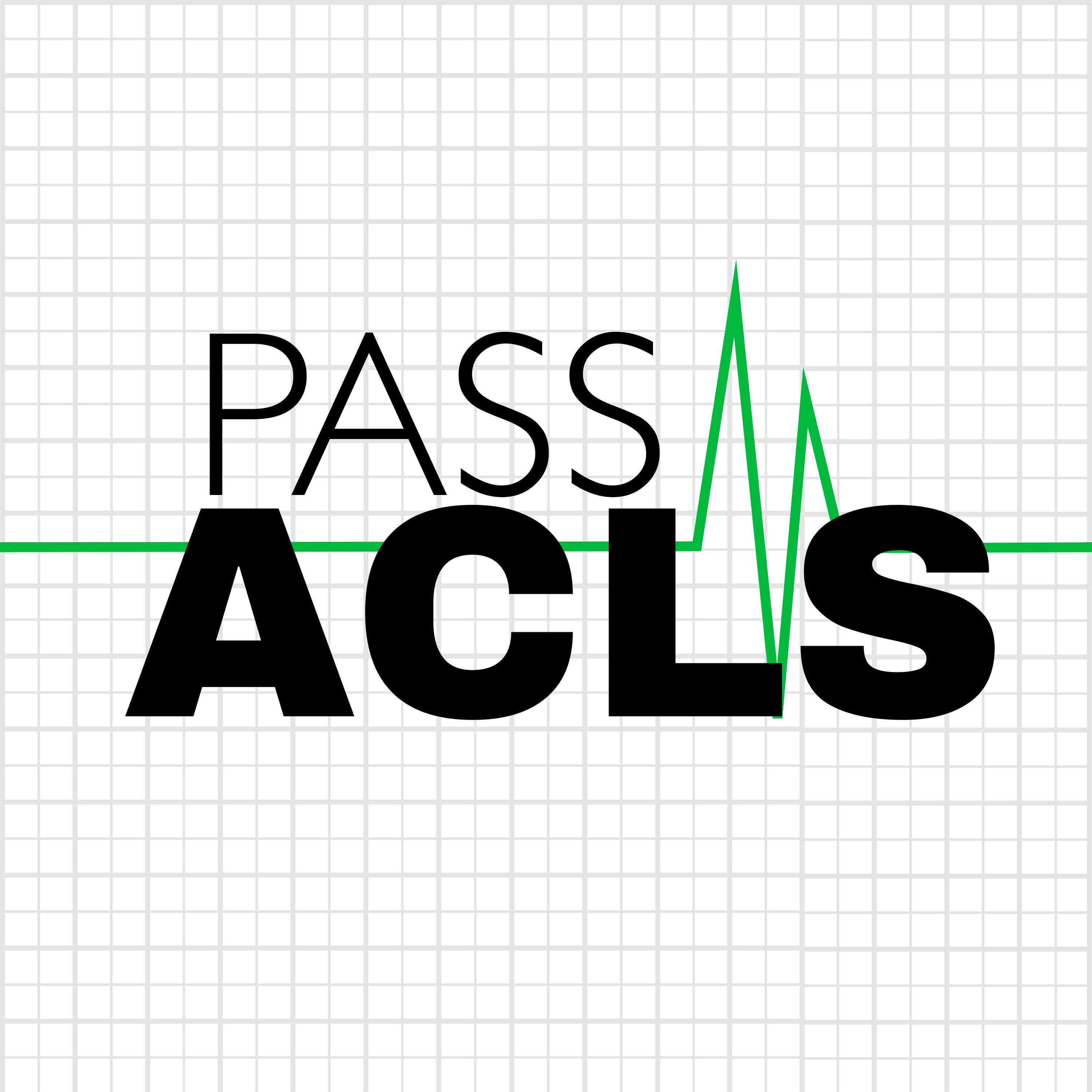Rescue Breathing & CPR Ventilation Ratios
Description
Providing rescue breathing to apneic patients with a palpable pulse.
Normal end tidal CO2 for patients with a pulse.
Identification of cardiac arrest and our immediate actions.
Providing artificial ventilations during CPR without an advanced airway vs with an advanced airway in place.
Using quantitative waveform capnography to confirm placement of an advanced airway, assess the quality of CPR, and identify ROSC.
The effects of hyperventilating patients in cardiac arrest.
Connect with me:
Website: https://passacls.com
@PassACLS on X (formally known as Twitter)
@Pass-ACLS-Podcast on LinkedIn
Give back - buy Paul a bubble tea here
Good luck with your ACLS class!
More Episodes
For apneic patients without a carotid pulse or patients with only gasping/agonal respirations, we will follow the Adult Cardiac Arrest algorithm.
For pulseless patients that the AED doesn't advise a shock, the patient's ECG shows asystole, or a non-perfusing organized rhythm (PEA), we will...
Published 05/10/24
Published 05/10/24
Providing good, high-quality CPR with minimal interruptions and early defibrillation are two key interventions shown to improved cardiac arrest outcomes.
A training tool used in many CPR and ACLS classes is to use a song (or a song list) with a tempo of 100 to 120 beats per minute to help the...
Published 05/09/24


